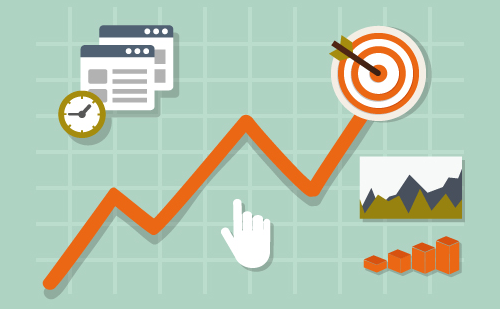Why Conversion Rates Don't Matter

You're probably immediately asking yourself the question: How can it be said that conversion rates don't matter when they're the number one driver behind every online marketing strategy?
Truth, as someone once said, is determined by the perspective from which it's observed. When you consider everything that is held as truth today, and you factor in concepts of time and motion, you'll understand there's a lot of relativity involved in perceived truth.
Relativity has the potential to raise Internet marketing to the next level when it comes to conversion rates, and a relative attitude toward, rather than the accepted average of, conversion rates should be applied to achieve a greater benefit.
Once a visitor encounters your site, you have a set goal for them, such as making a purchase or signing up for a newsletter. If a visitor performs the desired action, then you have a conversion. Your conversion rate is the percentage of conversions compared to visitors. So, if you gain 300 conversions from 10,000 visitors, your conversion rate is 3 percent.
Do Conversion Rates Matter?

Such a question works against perceived wisdom, but let's make some considerations:
- Your conversion rate relies solely on set goals and visitors: If your conversions increase, then your conversion rate increases.
- Your conversion rate decreases if your visitors increase: If your conversions hold steady, but more people visit your site, then your rate falls. This is seen as a bad thing - even though you are making the same number of conversions as before.
- Eliminating low-quality traffic increases your rate: But what about the sales you have lost by eliminating that low-quality traffic?
- You can achieve higher conversion rates by using marketing models that emphasize repeat purchases: Does doing this enhance the growth of your business? Growing your business means engaging new customers. Should you forsake new customers in order to increase your conversion rates?
- Different calls to action affect conversion rates differently: The conversion rate to sign up for a newsletter is likely to be different than one for downloading a document, even if they are equally as valuable to the business.
- Some products are more popular than others: You can increase your rates by eliminating less popular products, but what about the money such products generate?
- Conversion rates are boosted by seasons, and special offers: Sudden market trends have a distinct influence on conversion rates.
- A "typical" conversion rate? There's no such thing: All businesses are unique when it comes to conversion rates. Your rates may tell you your business is failing when in fact it is doing fine - it depends upon which companies you are comparing yourself to.
Does all this evidence point to conversion rates not being relevant?
Your Relative Conversion Rate is What Matters
 This article is not saying that you should forget about conversion rates - what it is saying is that what matters is how you interpret your conversion rates.
This article is not saying that you should forget about conversion rates - what it is saying is that what matters is how you interpret your conversion rates.
For example, if you believe you are able to put emphasis on a different aspect of your business's value proposition in order to increase your rate for the same "pool" of visitors, then you've used your conversion rate effectively.
Conversion rates are a very important scale when monitoring the effect a specific change has on your organization, especially when monitoring controlled testing.
For a real world example, a business recently added a new traffic source. Despite the fact that conversion rates went down, sales went up. It was only via controlled A/B/n split testing that it was recognized that the true conversion rate rose by almost 41 percent. This is a perfect example of how conversion rates should be used and correctly interpreted.
This is a guest post by Isaac Rothstein. Isaac is an analyst at Infinite Conversions, a digital focusing on improving website's real-world financial metrics through conversion rate optimization.

Subscribe to Our Newsletter!
Latest in Marketing








